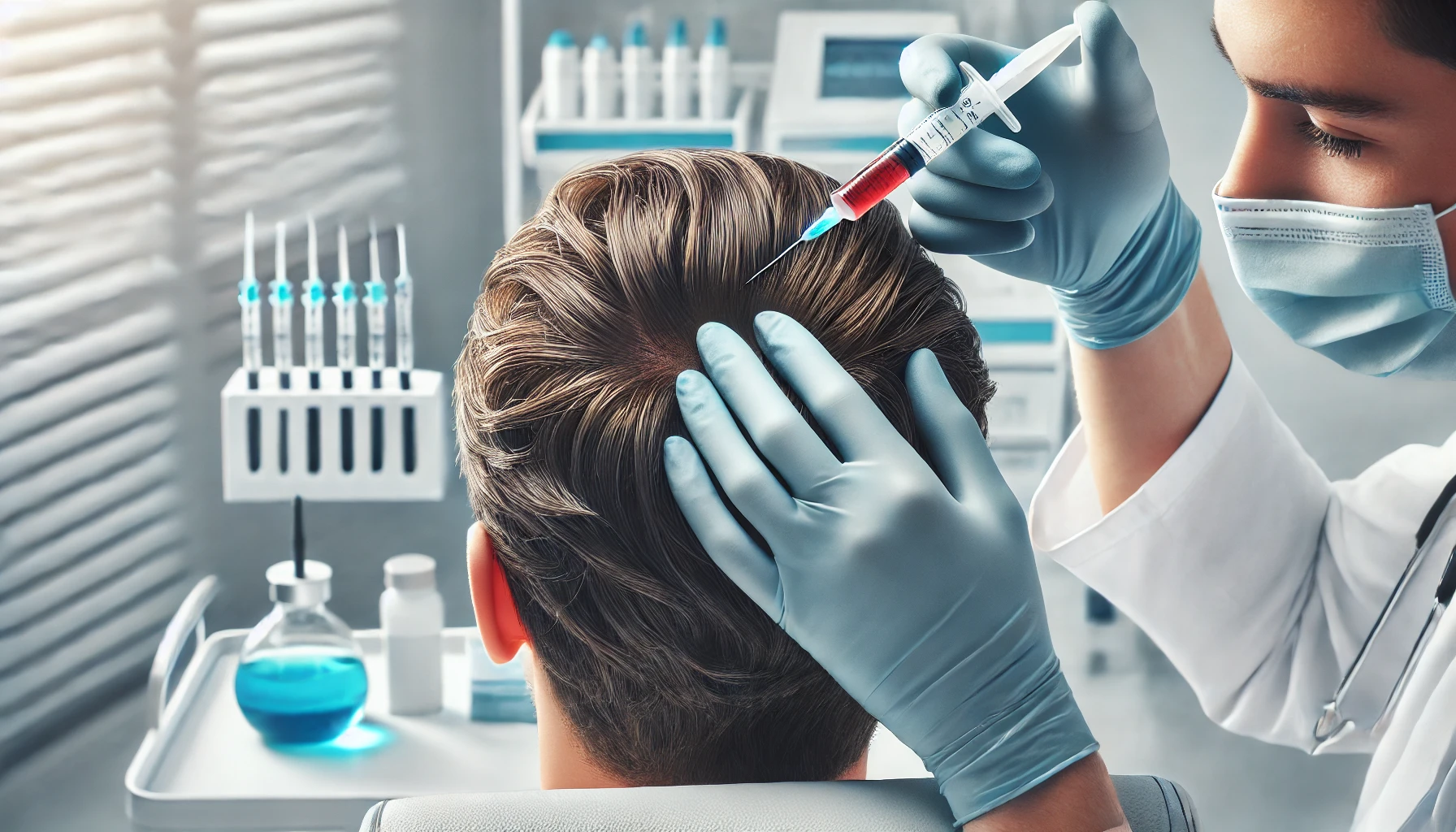
PRP Therapy for Hair Loss: How It Works and Who Can Benefit
Understanding PRP Therapy for Hair Loss
Platelet-rich plasma (PRP) therapy is an innovative treatment option that utilizes components derived from a patient’s own blood to stimulate hair growth and combat hair loss. The procedure is based on the healing properties of platelets and growth factors contained within the plasma. Initially, a small sample of the patient’s blood is drawn, typically from the arm. This blood sample is then processed using a centrifuge, a device that spins the blood at high speeds to separate its components. This separation results in three distinct layers: red blood cells, platelet-poor plasma, and platelet-rich plasma. The focal point of the therapy is the platelet-rich plasma layer, which contains a concentrated amount of platelets and various growth factors essential for tissue repair and regeneration.
Once the PRP is isolated, it is injected into the scalp at areas where hair thinning or loss is evident. The rationale behind this procedure lies in the growth factors released by the platelets, which contribute to cellular regeneration and can stimulate hair follicles that have become inactive due to various conditions such as androgenetic alopecia or other types of hair loss. Studies have indicated that individuals receiving PRP therapy often experience increased hair density and improved hair growth, making it a popular choice for those seeking non-surgical interventions for hair loss.
PRP therapy is typically utilized for individuals experiencing various types of hair loss, particularly androgenetic alopecia, which affects both men and women. It is also beneficial for those with thinning hair due to stress, hormonal changes, or other underlying health issues. The treatment is generally well-tolerated, with minimal downtime, making it an attractive option for those looking to enhance their hair growth without extensive recovery periods. The effectiveness of PRP therapy can vary among patients, and results are usually seen over several months post-treatment. By understanding this procedure, individuals can make informed decisions regarding their hair restoration options.
Benefits of PRP Therapy for Hair Restoration
PRP therapy, or Platelet-Rich Plasma therapy, has emerged as an innovative treatment for hair loss, offering several significant advantages. One of the most notable benefits of this method is its minimally invasive nature. Unlike traditional hair restoration surgeries, PRP therapy involves a simple blood draw from the patient, which is then processed to extract the platelets. This approach not only minimizes discomfort but also eliminates the need for extensive recovery periods often associated with surgical interventions.
Another key advantage is that PRP therapy utilizes the patient’s own biological material, which can significantly reduce the likelihood of allergic reactions or complications. Since the plasma is derived from the patient’s own blood, the risk of rejection is virtually non-existent. This feature makes PRP therapy a safer option compared to synthetic products or medications often used in hair loss treatments.
Furthermore, the results from PRP therapy can lead to a natural-looking restoration of hair. The growth factors present in the extracted plasma promote hair follicle regeneration, stimulating new hair growth that blends seamlessly with existing hair. Many patients report positive outcomes, with thicker hair and improved overall hair health following treatment.
When compared to other hair restoration options, such as medications like finasteride or surgical procedures like hair transplants, PRP therapy presents a unique combination of efficacy and convenience. Unlike medications that may require ongoing use with variable results, PRP therapy can lead to sustained improvements over time with periodic follow-up treatments. Additionally, as supported by numerous testimonials, patients have shared their satisfaction with the increased density and volume of their hair after undergoing PRP therapy. This growing body of evidence highlights PRP therapy as a promising solution for individuals experiencing hair loss.
Who Can Benefit from PRP Therapy?
PRP therapy, or platelet-rich plasma therapy, has emerged as a prominent treatment option for hair loss, appealing to a diverse range of individuals. Among the most likely candidates are those suffering from androgenetic alopecia, commonly known as male or female pattern baldness. This hereditary condition can affect both men and women, typically manifesting as a gradual thinning of hair. Individuals in their 20s and 30s, who may notice early signs of hair thinning, can find PRP therapy particularly beneficial in maintaining density and stimulating new hair growth.
Beyond genetic factors, individuals experiencing hair loss due to stress or hormonal changes can also benefit from this treatment. Stress-induced hair shedding, known as telogen effluvium, can result from various life changes, including pregnancy or significant lifestyle adjustments. PRP therapy aids in revitalizing the scalp, encouraging hair follicles to re-enter the growth phase and promoting overall hair health.
It is important to consider that not everyone is an ideal candidate for PRP therapy. Factors that may contraindicate individuals from receiving the treatment include those with certain chronic diseases or conditions, such as blood disorders, active infections, or those on anticoagulants. Similarly, individuals with low platelet counts may not benefit from PRP therapy as the effectiveness largely depends on the concentration of platelets extracted during the procedure.
Ultimately, the suitability of PRP therapy for hair loss is best determined through a consultation with a medical professional. They can evaluate an individual’s specific circumstances and provide guidance on whether this innovative treatment method aligns with their hair restoration goals. Understanding these factors will help potential candidates determine their eligibility and set realistic expectations regarding the outcomes of PRP therapy.
What to Expect During a PRP Treatment Session
The PRP therapy process for hair loss typically begins with an initial consultation where the patient discusses their concerns, medical history, and expectations with the healthcare provider. This step is crucial in determining whether PRP therapy is an appropriate treatment option based on the individual’s specific condition and hair loss pattern. Once cleared for treatment, the session is scheduled.
During the treatment session, the first step involves drawing a small amount of the patient’s blood, usually from the arm. This blood is then placed in a centrifuge, which spins at high speed to separate the platelets and plasma from the rest of the blood components. The resulting solution, rich in growth factors, is referred to as platelet-rich plasma (PRP). This entire preparation process generally takes about 30 minutes.
After the PRP is prepared, local anesthesia may be applied to the scalp to minimize discomfort during the injection phase. Using a fine needle, the PRP is injected into targeted areas of the scalp where hair thinning has occurred. The number of injections and the exact technique can vary based on the severity of hair loss and the areas being treated. The injection process usually lasts around an hour, making the overall session time roughly 1.5 to 2 hours, including consultation and blood preparation.
Post-treatment care is essential for optimal results. Patients are typically advised to avoid washing their hair or applying any products for at least 24 hours following the procedure. It is also important to refrain from strenuous activities that could increase blood flow to the scalp, such as heavy exercise, for a few days. Some minor side effects, such as swelling, bruising, or mild discomfort, can occur but are generally short-lived. Follow-up appointments are usually scheduled about 4-6 weeks later to assess the effectiveness of the treatment and to determine if further sessions are necessary.
